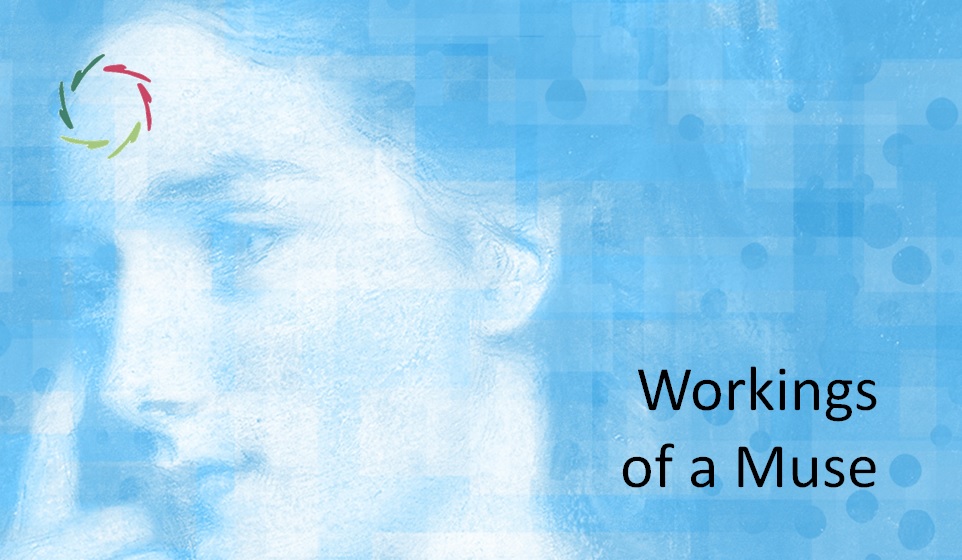Flower Power vs. Uniform Power

We may need both ― without exaggeration in any.
Flowery power
Each flower is different. Yet none grow into the ground. There is uniformity even in flowers.
Nevertheless, many flowers in a field don’t take advantage of each other’s strength. One danger in being flowery is therefore that each flower is fragile and can easily be trampled upon.
The power of the flower lies in its being alive and able to grow organically. It is part of and contributes to a beautiful world. Fragility is needed to gain this specific kind of flowery power.
The power of uniformity
This is the power of many uniform elements forming a solid bunch. Together, they do take advantage of each other’s strengths.
For instance, an army of uniformed soldiers can act more forcefully. Their uniforms carry the symbolic meaning of also mentally being uniform. Additionally, much practice in marching – uniform direction, rhythm, movements – glues them together even more ― with visible effects in the brain. Soldiers speak about this intense togetherness as a very positive element. Of course, ‘the enemy’ significantly adds to this (with probably also much marching on their side).
One danger of exaggeration in this kind of uniformity – especially in peacetime – is fascism.
So, we have here two pretty different kinds of power.
As human beings, we can combine them.
Even better is a synthesis: one simultaneously being a characteristic of the other and vice versa. Thus, uniformity can contribute to living beauty while aliveness can contribute to the strength of the uniform by diminishing rigidity.
This synthesis is necessary.
For instance, in politics, if flowers just keep being flowery, the vulnerable result may be too weak to build a lasting society. Even more, the weakness may fall into the hardness of the opposite. History shows this is an invitation to fascism. Time and again, its breeding ground is the anxiety of the masses succumbing to the strongman who promises a way out of chaos.
Also without fascism, ultra-right may be seen historically as an allergy to what is perceived as ‘socialist weakness,’ one way or the other. In-depth, this is a reaction of life against the chaos of entropy ― a natural response in an unnatural environment.
The future
I believe it is best to strive for a natural environment in which people can naturally evolve. Proper support may help many to be authentic in this endeavor. For instance, it is crucial in such an environment to learn how to deal with hard and weak from gentle and strong.
The goal lies in sensitivity without heightening vulnerability.
Life!


